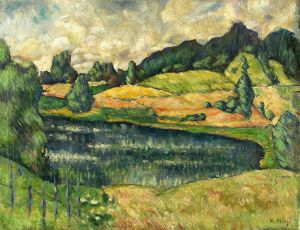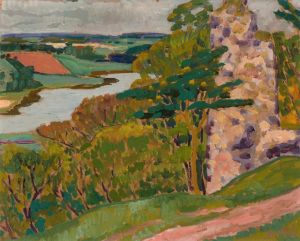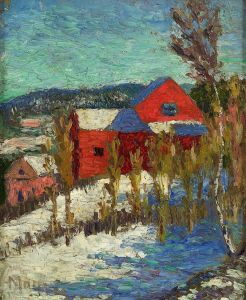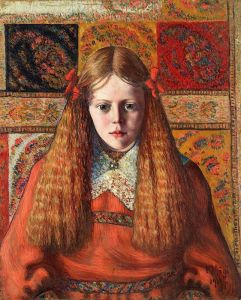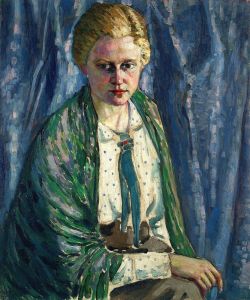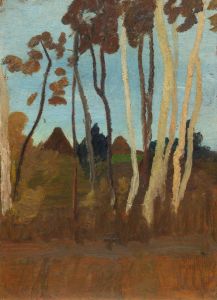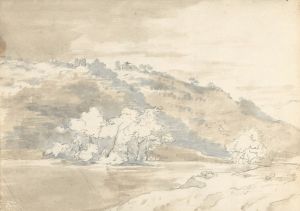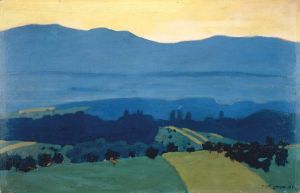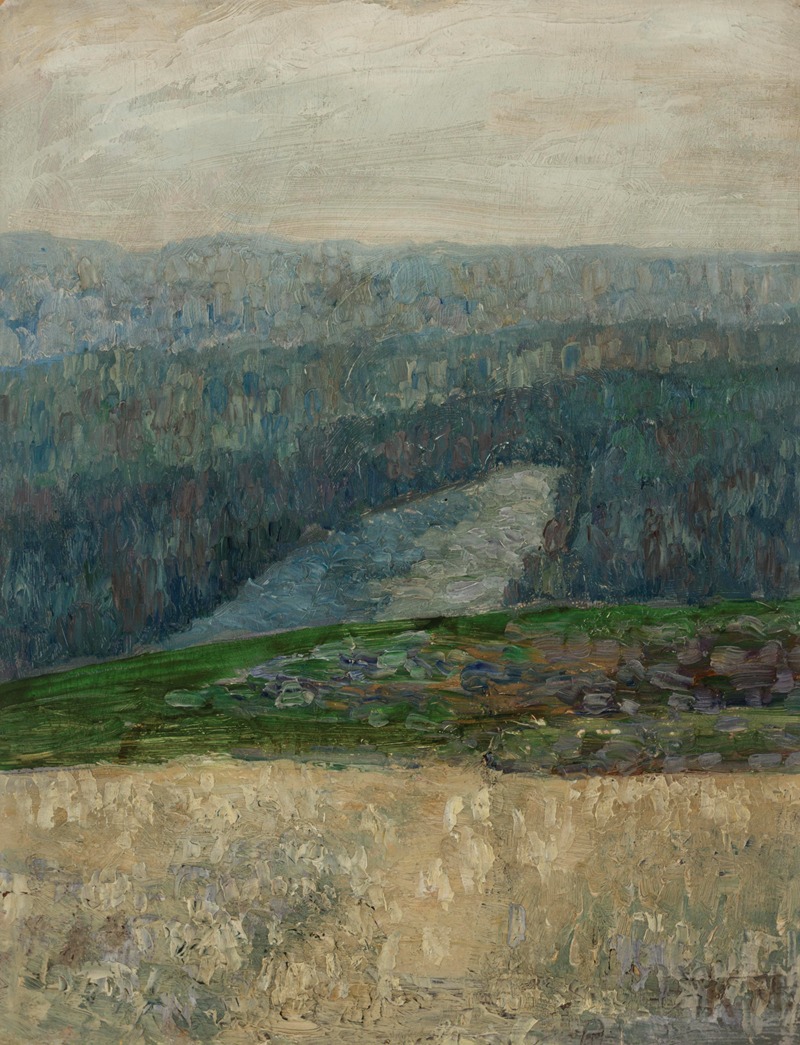
Maasik
A hand-painted replica of Konrad Mägi’s masterpiece Maasik, meticulously crafted by professional artists to capture the true essence of the original. Each piece is created with museum-quality canvas and rare mineral pigments, carefully painted by experienced artists with delicate brushstrokes and rich, layered colors to perfectly recreate the texture of the original artwork. Unlike machine-printed reproductions, this hand-painted version brings the painting to life, infused with the artist’s emotions and skill in every stroke. Whether for personal collection or home decoration, it instantly elevates the artistic atmosphere of any space.
Konrad Mägi was an Estonian painter known for his vibrant landscapes and expressive use of color. He was a prominent figure in the early 20th-century Estonian art scene and played a significant role in the development of modern art in the region. Mägi's work is characterized by its bold color palette and dynamic compositions, often reflecting the natural beauty of the Estonian landscape.
"Maasik" is one of Mägi's notable works, although specific details about this particular painting, such as its creation date or its current location, are not widely documented in public sources. Mägi's oeuvre generally includes landscapes, portraits, and still lifes, with a strong emphasis on capturing the essence and mood of the natural environment.
Mägi was born on November 1, 1878, in the town of Rõngu, which was then part of the Russian Empire. He studied art in Saint Petersburg, Russia, and later in Paris, France, where he was influenced by the Impressionist and Post-Impressionist movements. This exposure to different styles and techniques significantly impacted his artistic development, leading him to experiment with color and form in innovative ways.
Throughout his career, Mägi traveled extensively, painting landscapes in various locations, including Norway, Italy, and Estonia. His works often depict the interplay of light and color in nature, capturing the changing moods of the landscape with a sense of immediacy and emotion. Mägi's paintings are celebrated for their ability to convey the beauty and tranquility of the natural world, as well as their vibrant and sometimes dramatic use of color.
Mägi's contribution to Estonian art is significant, as he was one of the founding members of the Pallas Art School in Tartu, Estonia, in 1919. This institution played a crucial role in the development of modern art in Estonia, fostering a new generation of artists who would continue to explore and expand upon the artistic innovations of their time.
Despite his relatively short life—Mägi passed away on August 15, 1925, at the age of 46—his legacy endures through his paintings, which continue to be celebrated for their artistic merit and emotional depth. His works are held in various collections, including the Art Museum of Estonia, where they are appreciated by both art historians and the general public.
While specific information about "Maasik" is limited, Konrad Mägi's overall body of work remains an important part of Estonia's cultural heritage, reflecting the artist's unique vision and his ability to capture the essence of the natural world through his art.







